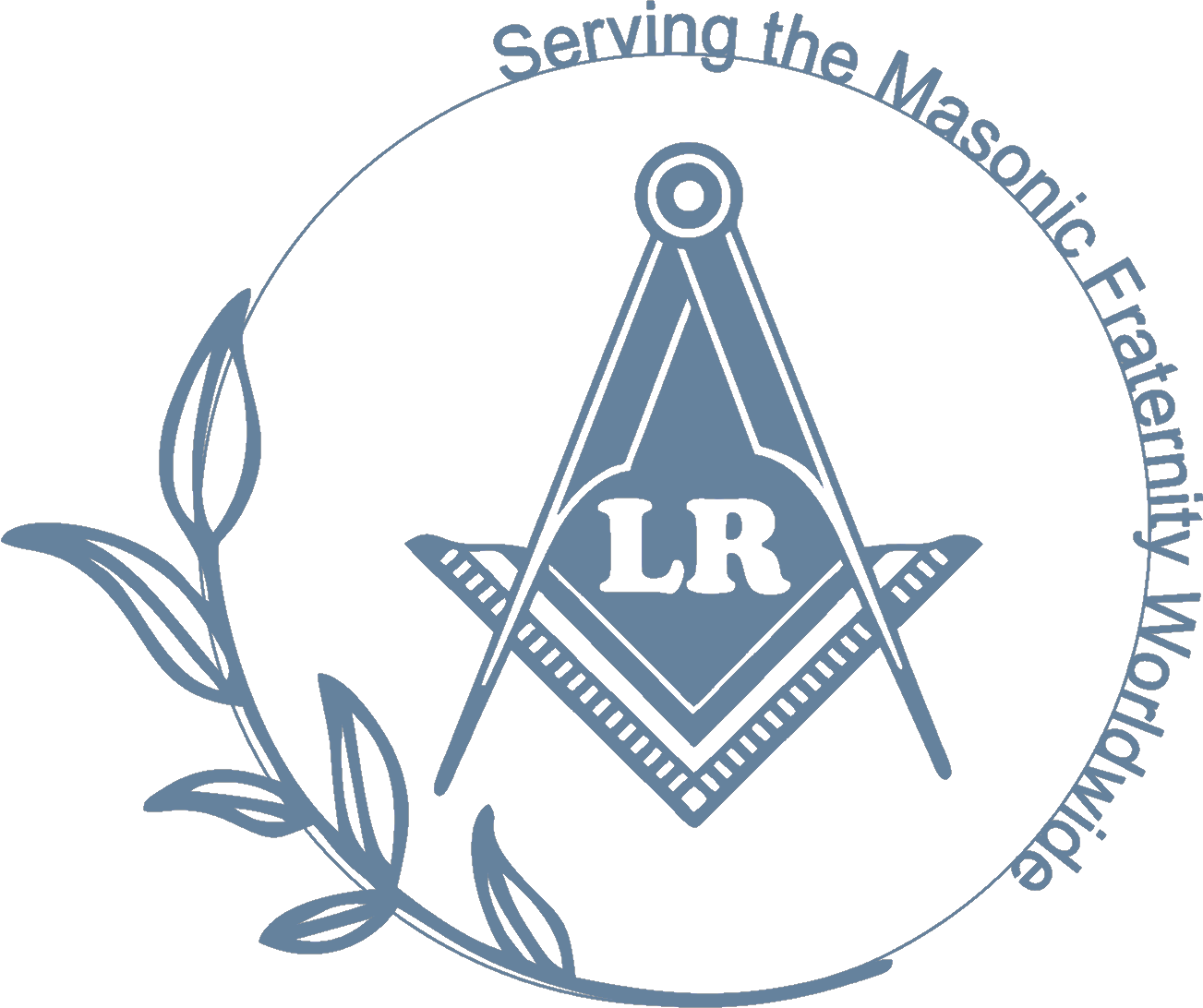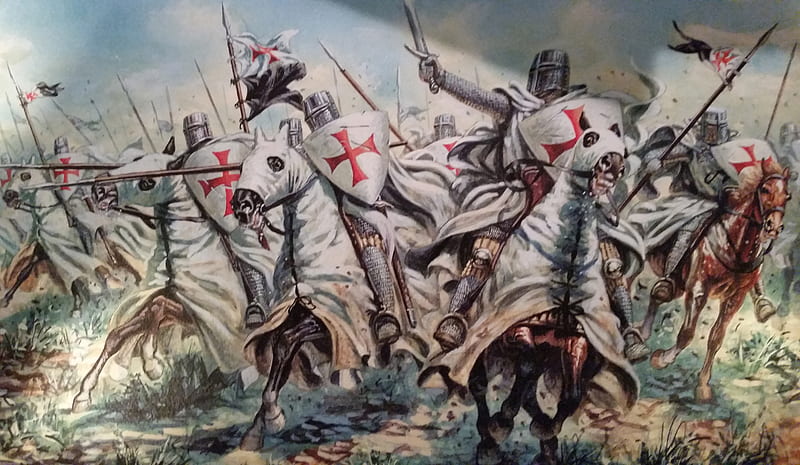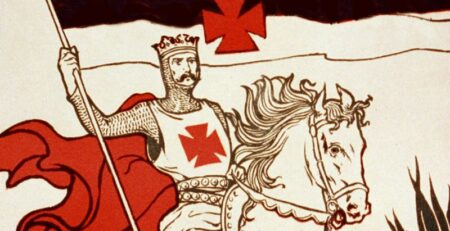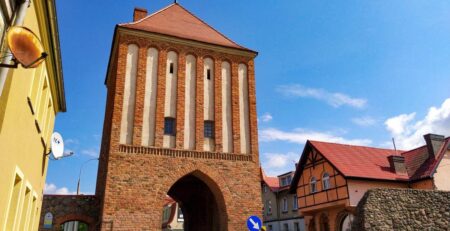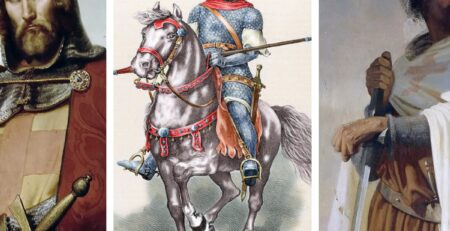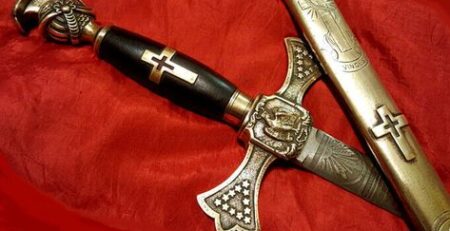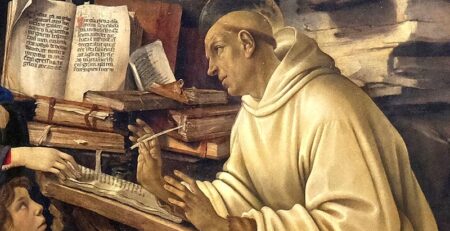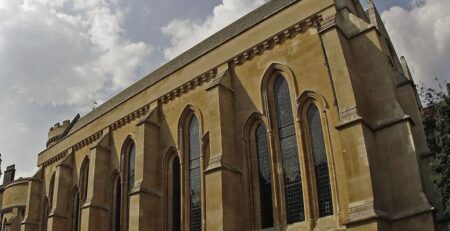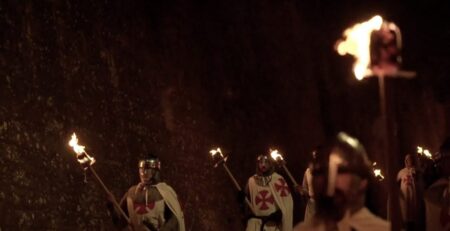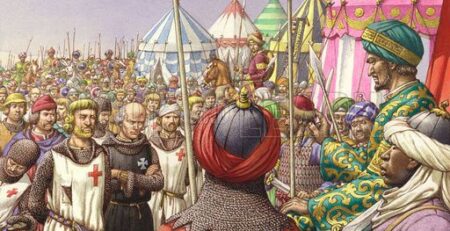History of The Knights Templar
History of The Knights Templar
The Knights Templar were an ancient military order associate with the Catholic Church; founded in 1119 CE. Despite the fact that the Order was founded in 1119 CE, it did not receive ecclesiastical recognition until 1129 CE. The Knights Templar were established to protect travelers and Christian holy sites in the Middle East and other parts of the world.
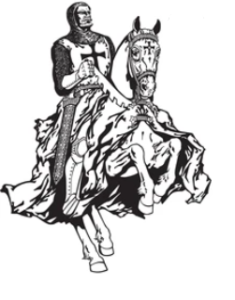
The Knights Templar’s central command was initially located in Jerusalem before being relocated to Acre. The Knights Templar were actively involved in the Crusades, and their emblem of a red cross on white became a well known Crusade symbol. Their battles netted them vast sums of money, and they gained control of land in Europe and the Levant.
In any case, things went badly, and the Knights Templar were held responsible for defilement, sin, and other transgressions. King Philip IV assaulted the Order on October 13th, 1307 CE, and Pope Clement V excused the Order in 1312 CE.
The Knights Templar’s Early Beginnings
The castle used to be the Aqsa Mosque, which was located on Jerusalem’s Temple Mount. The Temple of Solomon was the name of the structure, and the Order of the Knights of the Temple of Solomon; or “The Templars,” was the name of the fellowship.
The Knights Templar became the primary military order to be perceived by the Pope in this way.
The Knights Templar were immediately associated with the Cistercians.
The knights who fought the Knights Templar were then allowed to wear the mantle with white hoods that Cistercian priests wore in 1145 CE.
The order received donations
Individuals who admired the order’s efforts to protect Christians donated to the order. They received cash, food, land, ponies, military equipment, and other gifts, as well as tax breaks and other incentives. The Templars were frugal with their money and gave back a large portion of what they received. These auxiliary locations provided them with income and served as enlistment communities for new recruits.
The Knights Templar, on the other hand, were not only making a lot of money, but they were also incurring a lot of expenses.
Few knights had however much four ponies:
A few knights had four ponies, and they had to keep up with such a large number of ponies. It is necessary to deal with assistants. Hardware and reinforcement must be purchased and maintained on a regular basis. There were expenses to be paid, tithes to be paid to the congregation, gifts to be made to the papacy, and Christian administrations such as masses to be performed.
The Knights Templar also gave to the poor, giving one-tenth of their bread as well as other gifts. It’s possible that the Knights Templar were not as well-off as we might expect them to be in the above-mentioned.
The mid-twelfth century CE:
The Knights filled in, and at the mid-twelfth century CE, they battled in the campaign missions of Iberia. By the thirteenth century CE, the Knights Templar had amassed vast estates spanning England and Bohemia. They became a model military force for various powers, such as the Teutonic Knights and the Knights Hospitaller.
How Men Were Recruited and Organized in The Knights Templar
Volunteers came from all over France and Europe to join the Knights Templar. For various reasons, the volunteers volunteered. These volunteers arose from a deep sense of freedom as well as a clear responsibility to protect Christians around the world.
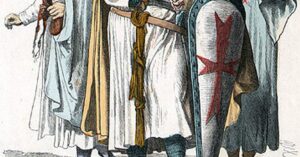
Some joined because they thought they’d gain guarante access to paradise, while others joined for the experience, pay, and respect that came with being a Templar.
Initiates should be free, honest men. Initiates hoped to be free of responsibilities as well. Many enlisted people were required to make gifts after joining the Knights Templar.
The Knights Templar ordered that those who needed to become knights should do so by slipping from a knight in the thirteenth century CE. The majority of Templars enlisted were in their mid-20s, but a few minors were forced to join by their families in order to gain tactical experience.
In their advanced age, a couple of volunteers took part. Sir William Marshal who passed on in 1219 CE is one of such. He quickly joined the Templars before passing away, and he left them a sizable sum of money in his will.
Knights and sergeants
The Templar were divided into two groups: knights and sergeants. The sergeants included civilians and military personnel. The sergeants were the most popular choice, but a couple could also join the knights. The knights were rarely more than 500 in number, especially during major battles.
The various officers included foot guards, bowman, hired fighters, and non-soldiers such as staff carriers and assistants. Workers, workers, specialists, clerics, and a few ladies from abbeys make up the rest of the Knights Templar.
The Knights Templar were led by a Grand Master. Every community possess by the Knights Templar was gathered into convents and other geological areas. In the Levant and other difficult regions, religious communities were palaces that worked as assurances.
Every religious circle was dealt with by an officer or preceptor, and the commandants report to the monastic hierarchy. Records, reports, and letters were used to communicate between cloisters, and they were delivered by two knights on a pony.
The authority mark of the request is generally convey in reports and letters. Every religious circle’s income was sent back to the Order’s base camp in thirds. Before it was moved to Acre in 1191 CE and then Cyprus in 1291 CE, the Grand Master lived at the central command in Jerusalem.
A large number of the neighborhood religious communities were extremely free, and they were managed with little interference from the base camp. Rare gatherings that bring together delegates from all over the world.
Uniform and Rules
A knight made a few promises before joining the Templars. They were not permit to wear the traditional armor and garb of knights. Instead of cowhide belts, which other knights wore for adornment, they wore a simple fleece belt as a sign of modesty.
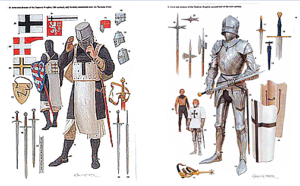
The Templar knights wore a white shroud and surcoat over their defensive layer and a red cross on their left side bosom. The Red Cross was also present on the request flag and the ponies’ formal attire.
The safeguards conveyed by the Templar knights were white with a dark stripe top. This was done to distinguish them from the Teutonic Knights; who wore a dark cross on a white background; and the Knights Hospitaller; who wore a white cross on a dark background.
The sergeants wore a shroud or mantle that was dark or earthy in color. The Templars all had stubble and short hair, which made them stand out from other men. Knights were allowed to own their own land. Knights were allowed to wear material in the spring and summer.
Individuals were rebuke for mocking rules by being whip; having their hair pull out, or, in any case; being imprison for life for grave offenses.
The Knights Templar and Banking Origins
People began to think of knights as a safe haven for storing valuables and cash because they were always on the lookout. The Knights Templar also had a large number of money stores, and they began to credit people with money in exchange for benefits. Soon after; the Templars began keeping records in all of their cloisters; allowing individuals to deposit money in one religious circle and withdraw it from another.
The Knights Templar were also the first to introduce day to day current records; which allowed merchants and aristocrats to store large sums of money and pay out fixed sums to others. By the thirteenth century CE; the Templars had gained such trust from financiers that even aristocrats and French kings kept storeroom under their control. Lords sent massive sums of money to the Templars, allowing them to disburse the funds to their armed forces in the Levant. The Templars had so much money that they were willing to lend it to rulers. As a result; the cutting edge banking framework was establish.
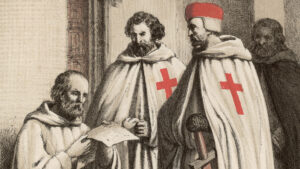
The Knights Templar and the Crusades
The Crusader armed force comprised the Knights Templar and other military orders. They frequently battled at the back, flanks, and vanguard on the war zone. Moreover; they caused genuine devastation through the lines of the foes and made openings for different soldiers to infiltrate. They forced punishments on knights that don’t follow requests and knights that lost their pony or their sword.
The Templars were answerable for shielding significant passes; and they had the option to secure palaces and terrains that Crusader states couldn’t keep up with because of restrict labor and assets. The Templars assemble new palaces and remade annihilat palaces to shield Christians better. They fabricate little posts along courses disparaged by explorers to secure them; and they went about as guardians for them.
The Templars were liable for extraordinary triumphs and gaining areas like Constantinople in 1204 CE, Damietta in 1219 CE, and Acre in 1191. Moreover; one significant misfortune was one in October 1144 CE which was the clash of La Forbie in Gaza were 300 knights were kill, and a huge arm force was crush by an Ayyubid arm force. In 1187; the multitude of Saladin who was the Sultan of Egypt and Syria execute 230 Knights after the Battle of Hattin. More significant individuals was trade to recovery and not kill.
The immense assets possess by the communities assist them with recharging labor and other lost assets.
The Abolition of The Knights Templar
The Knights Templar and other military orders made up the Crusader army. On the battlefield; they frequently fought at the back, flanks, and vanguard. Furthermore; they wreak havoc on the enemy’s lines and created openings for different soldiers to infiltrate. They impose punishments on knights who disobeyed orders, including the loss of their pony or sword.
The Templars were in charge of guarding important passes, as well as securing palaces and terrains that Crusader states couldn’t keep up with due to a lack of labor and resources. To better protect Christians, the Templars built new palaces and rebuilt those that had been destroy. To secure them, they built small posts along explorers’ scorned routes; and they acted as guardians for them.
The Templars were responsible for incredible victories and conquests; including Constantinople in 1204 CE, Damietta in 1219 CE, and Acre in 1191. Furthermore; in October 1144 CE, the clash of La Forbie in Gaza result in the deaths of 300 knights and the crushing of a large arm force by an Ayyubid arm force. After the Battle of Hattin in 1187, Saladin, the Sultan of Egypt and Syria, ordered the execution of 230 knights. Rather than being kill; more significant individuals were trade to recovery.
The vast assets that the communities possess aided them in replenishing labor and other lost assets.
Paris in 1310 CE:
In 1310 CE; a preliminary held in Paris; and 54 knights was burn at the stake. Under duress; the majority of the knights admitt to certain things; but not to the most serious allegations. A few knights was not permit to protect themselves before they proclaim liable.

A few knights who had already accept withdrew their applications. The majority of previous knights grant benefits, disband, and forbidden from joining military orders. A few of the Templars’ assets were transfer to the Knights Hospitaller in response to a request from the Pope in May 1312 CE.
Other military orders, unlike the Templars, was not harm. Anyway the orders were not combine. Because of their proximity to German rulers; the Teutonic Knights evade investigation, and in 1309 CE, they relocate from Vienna to the far flung province of Prussia; where they will face less search.
